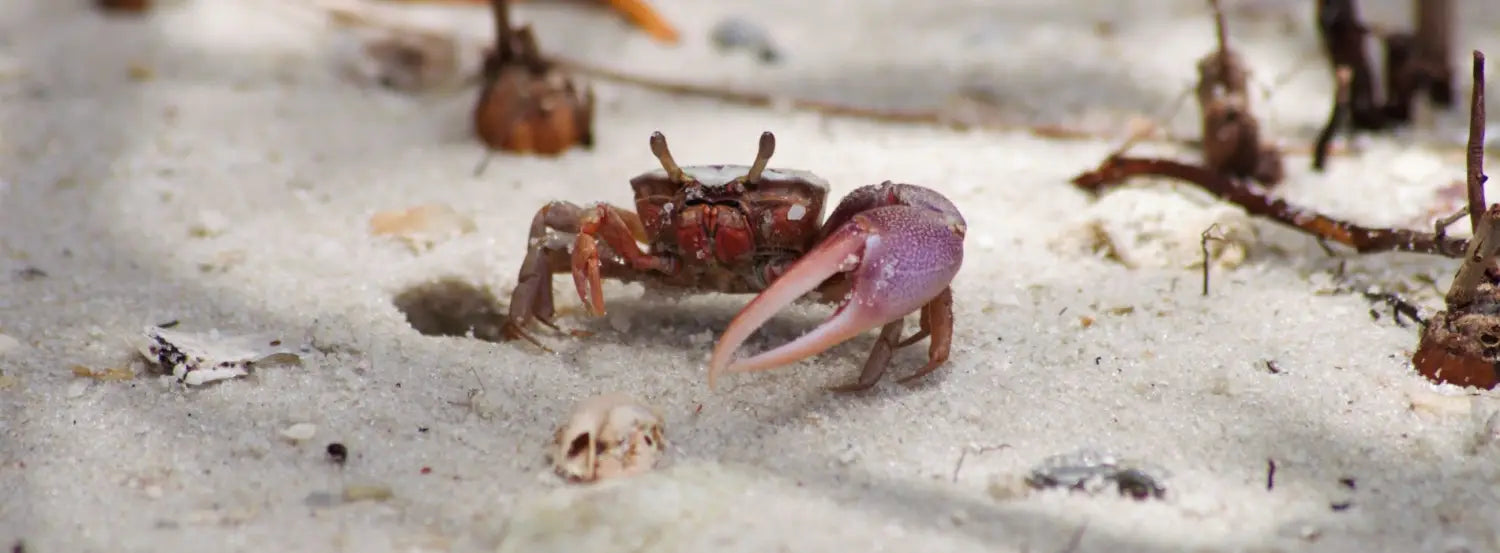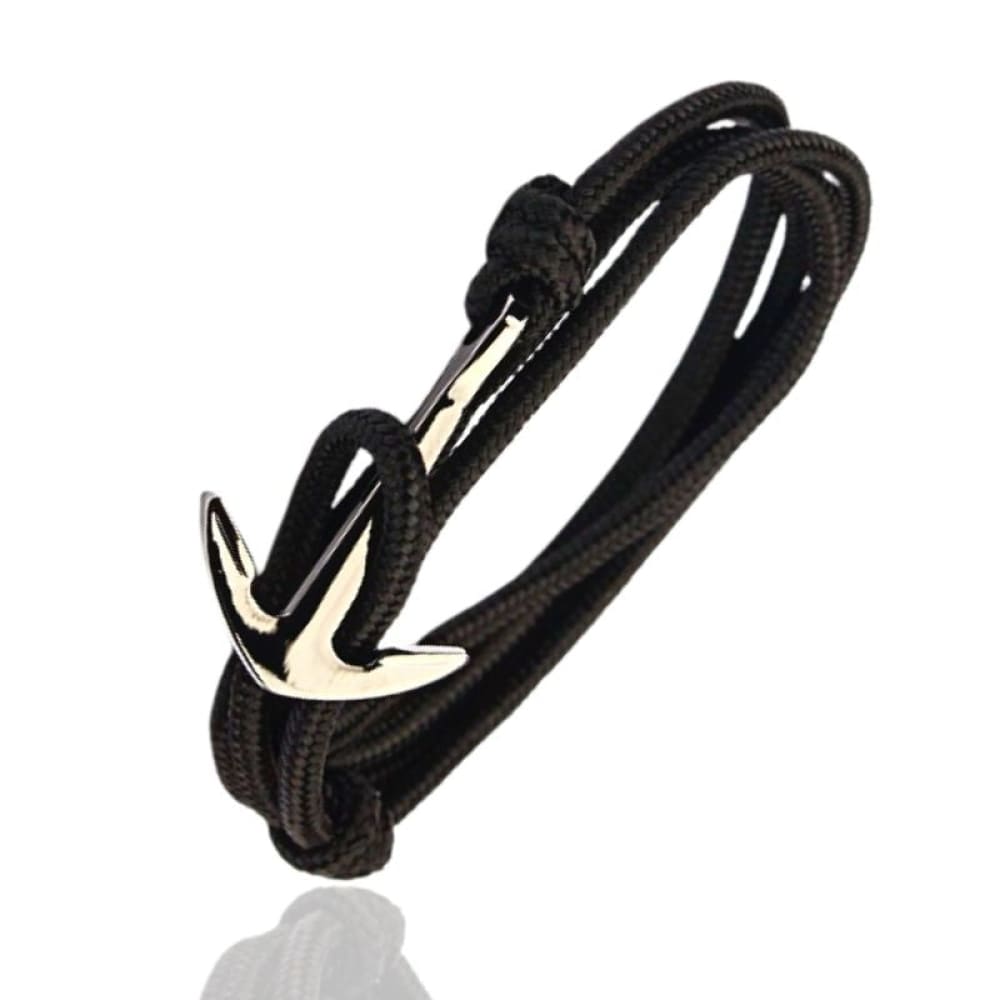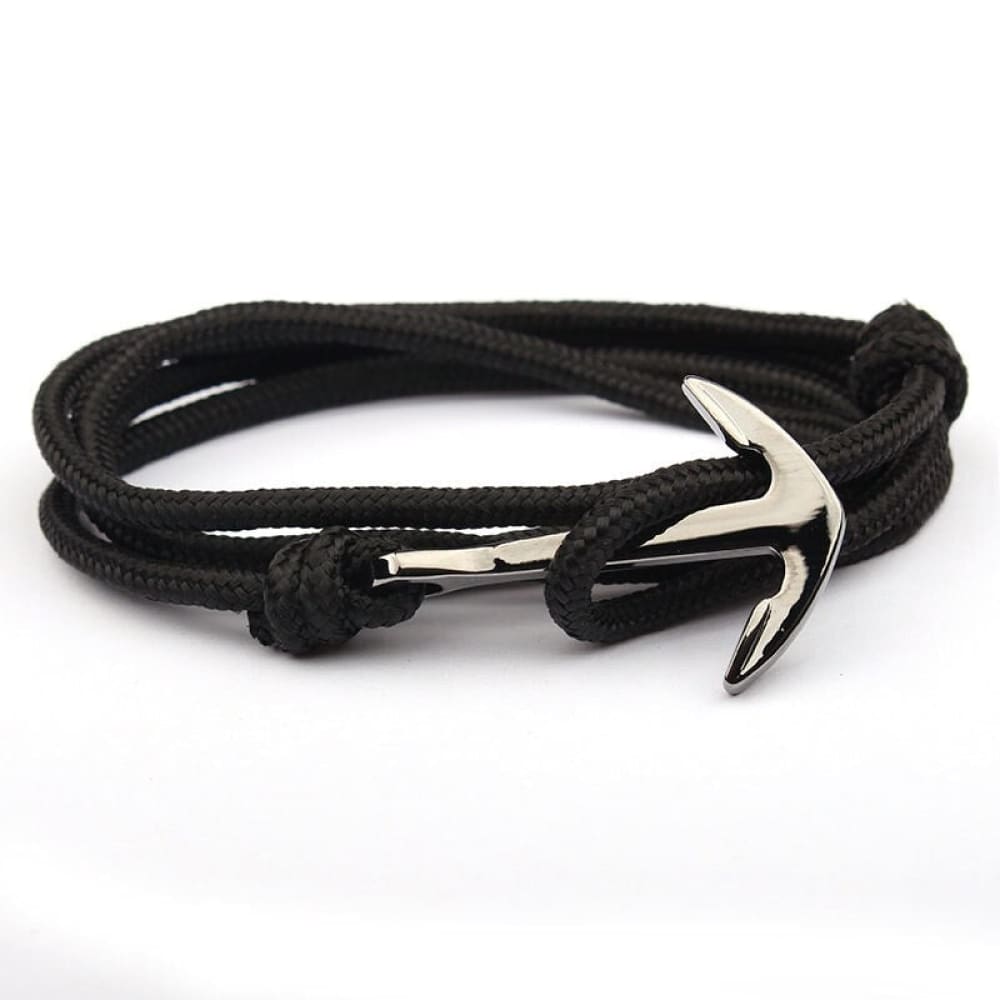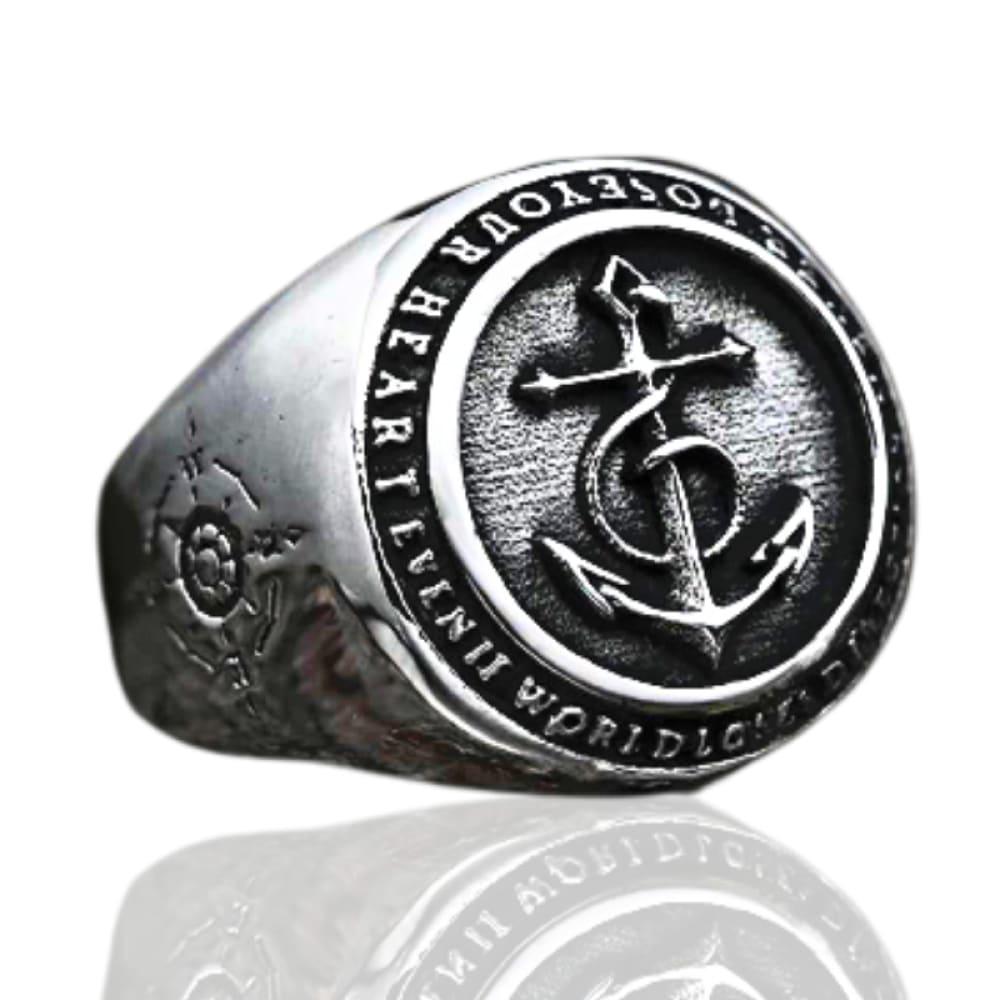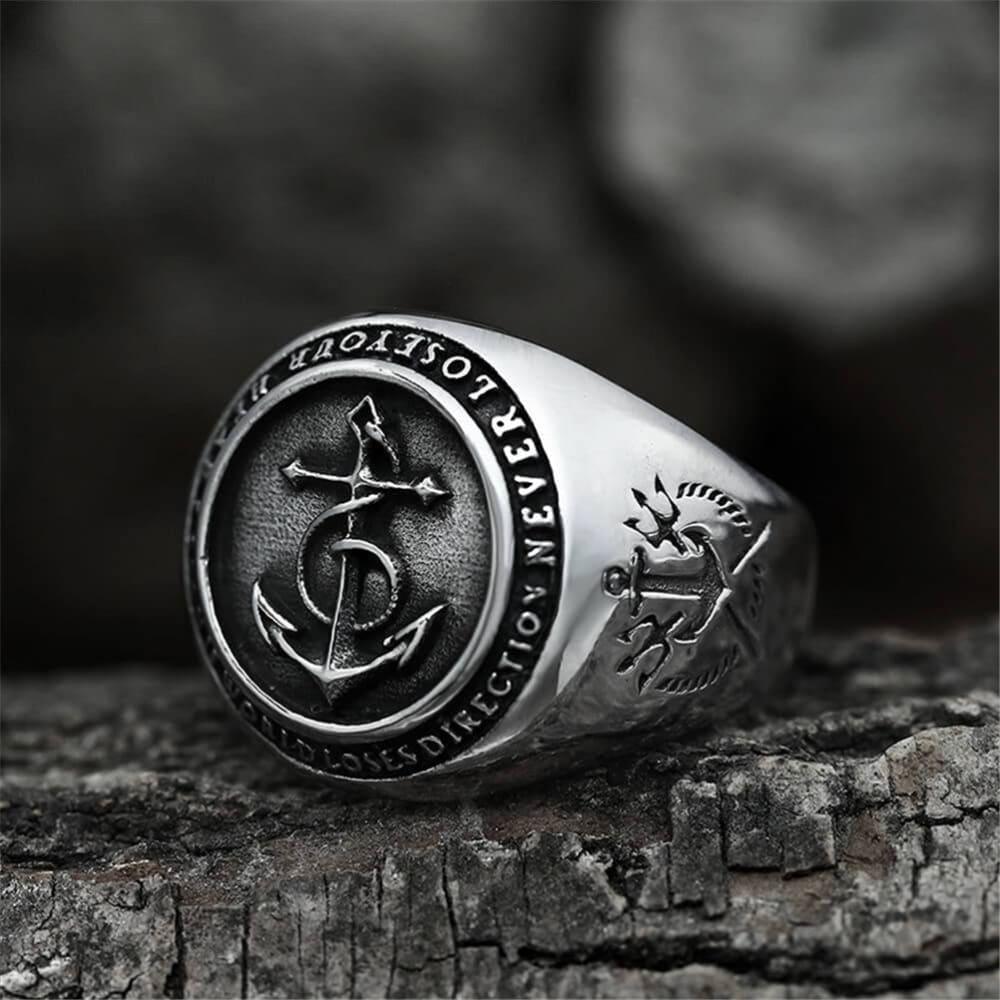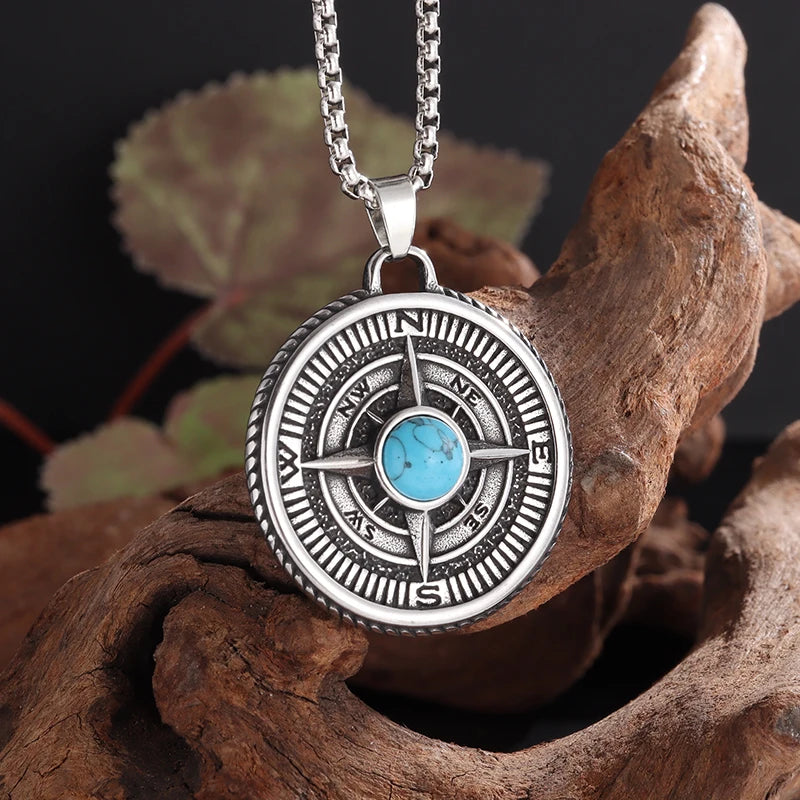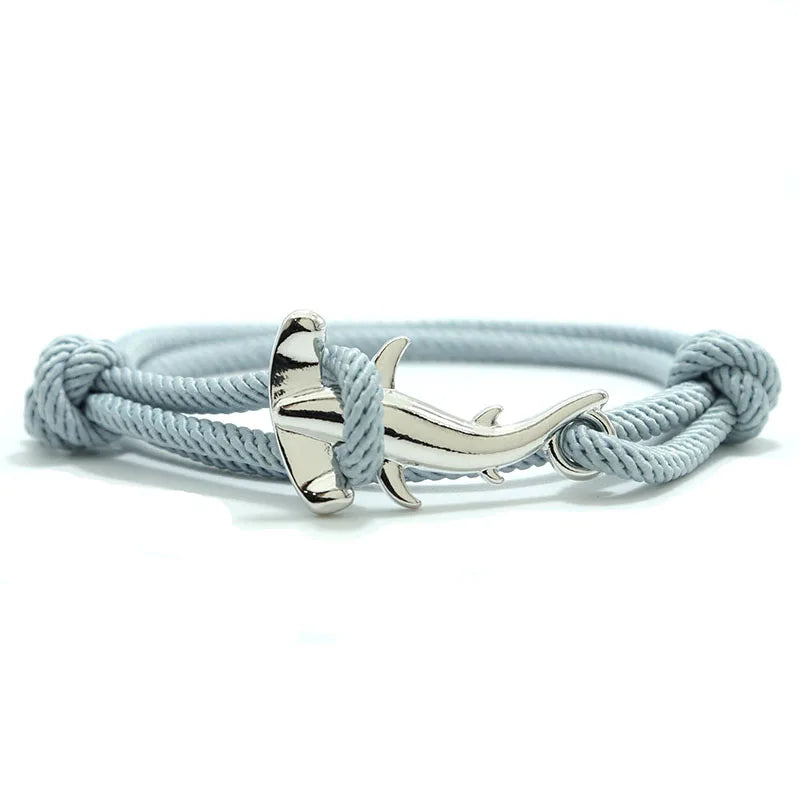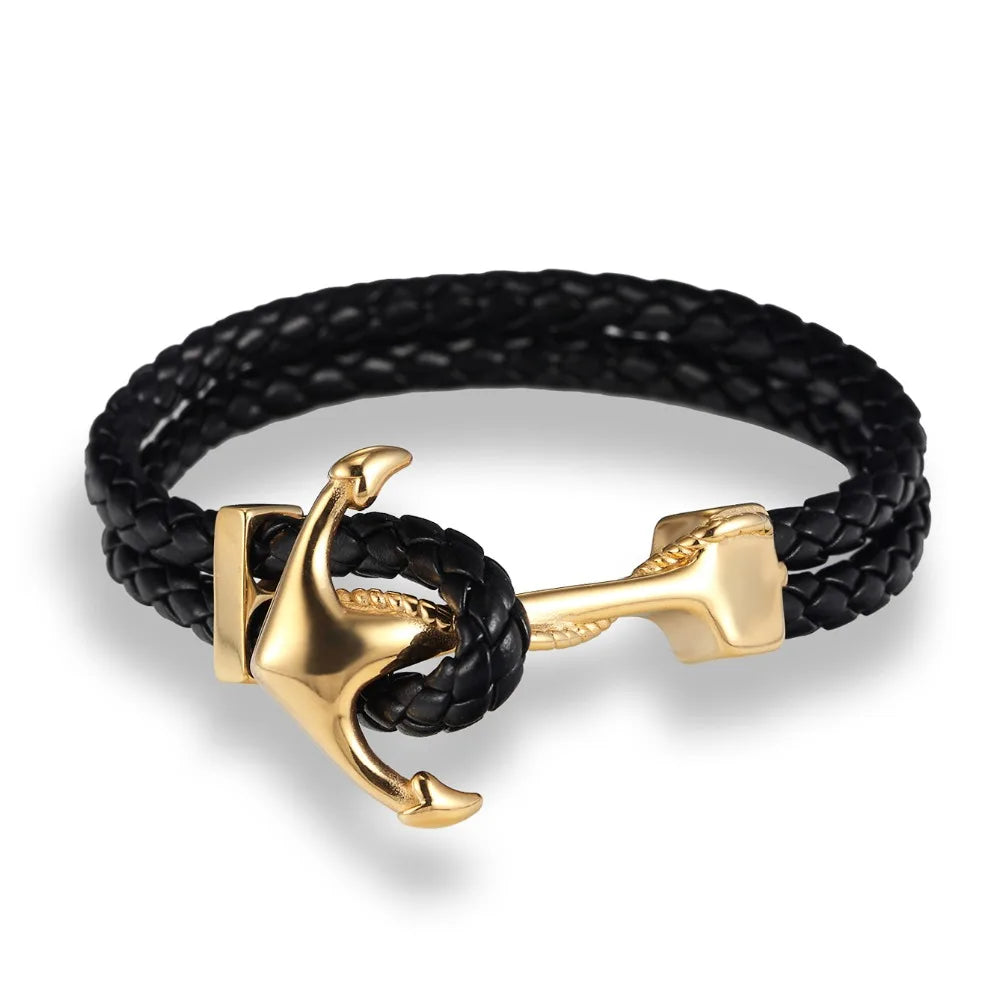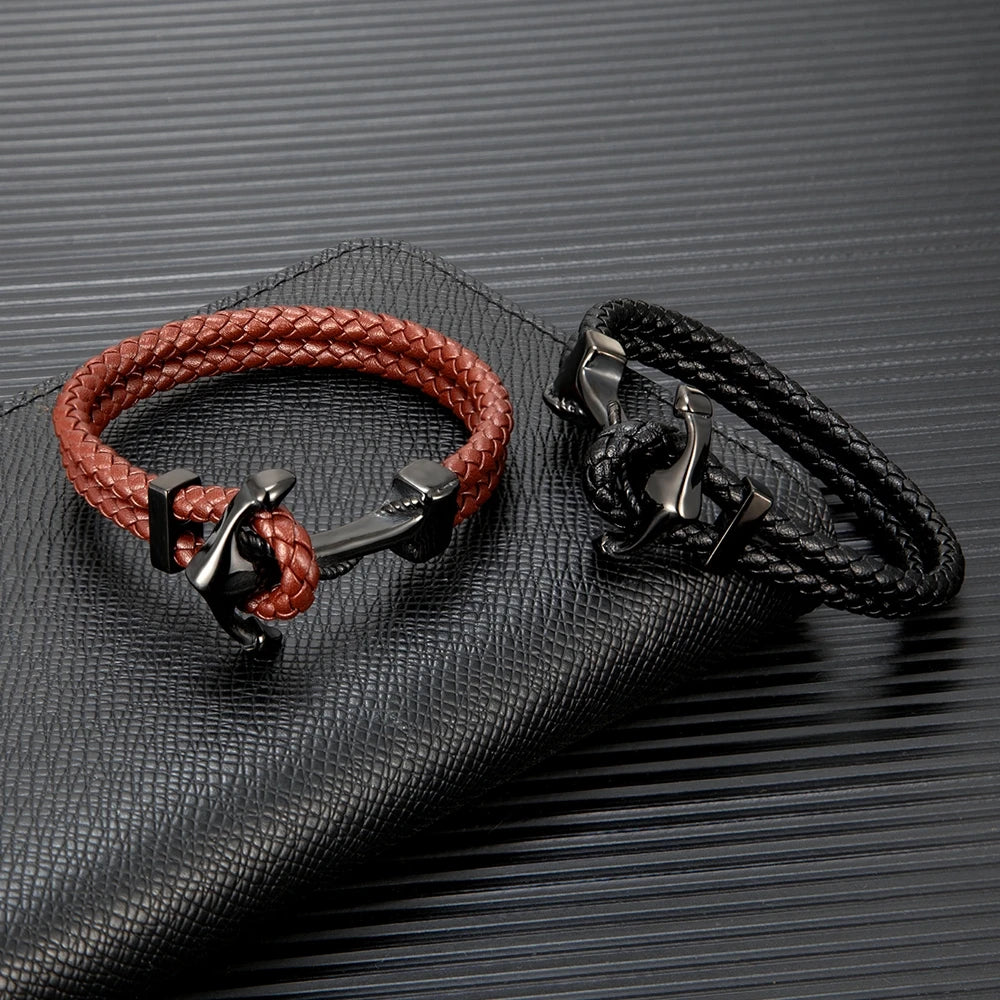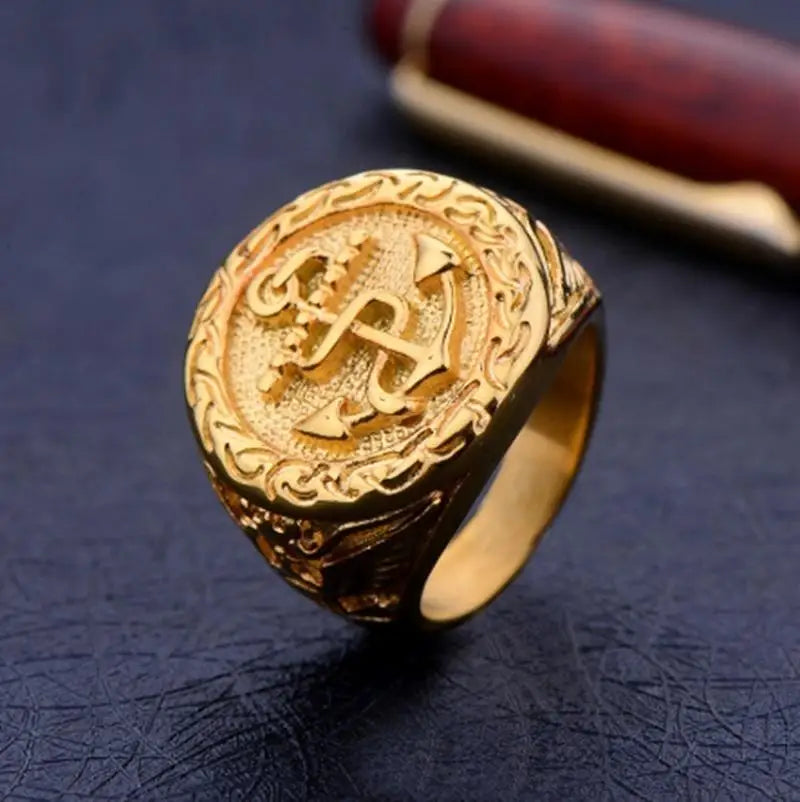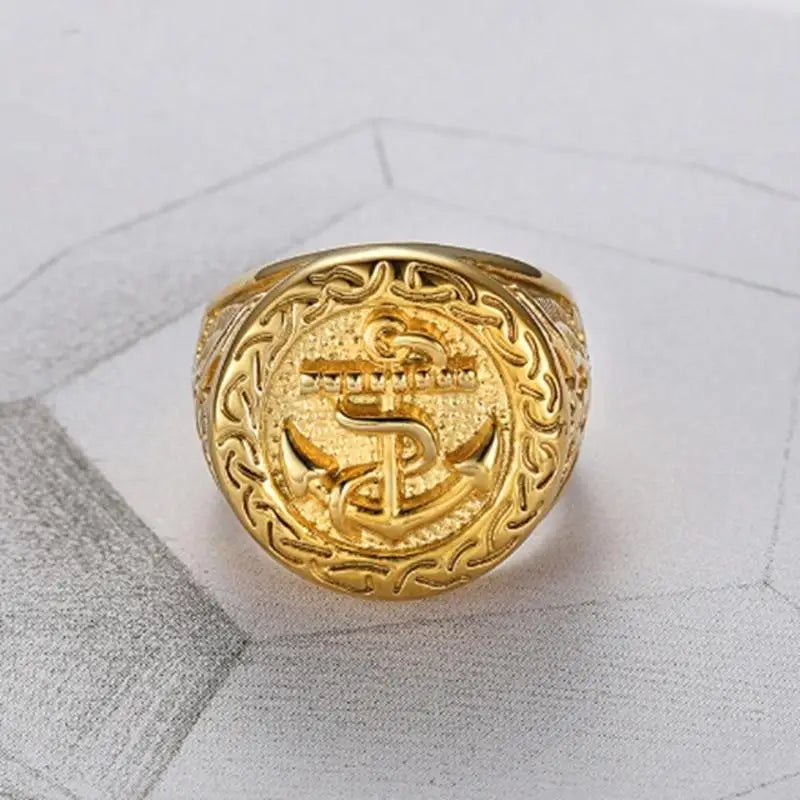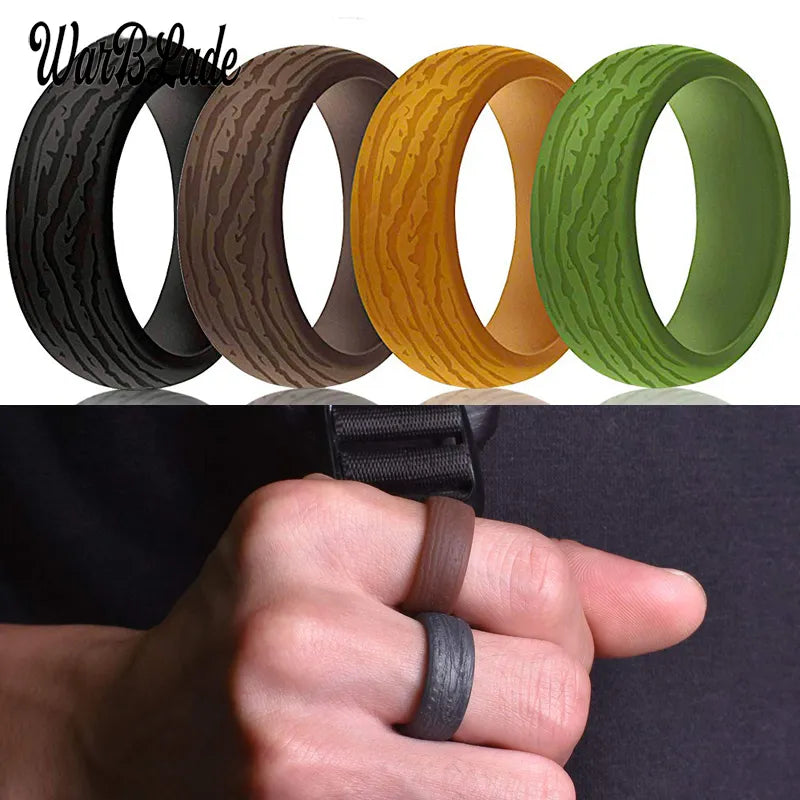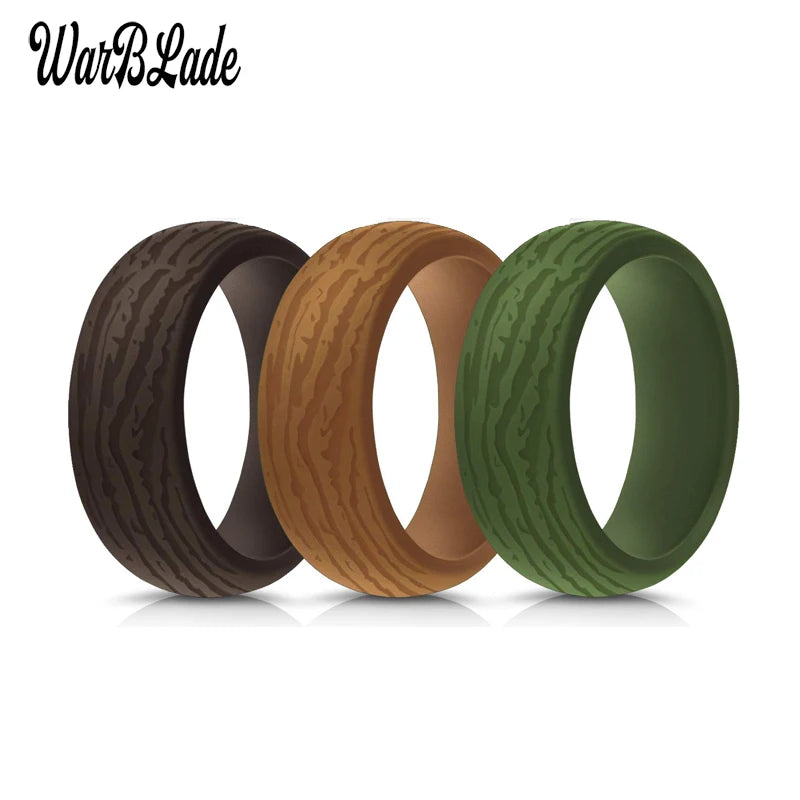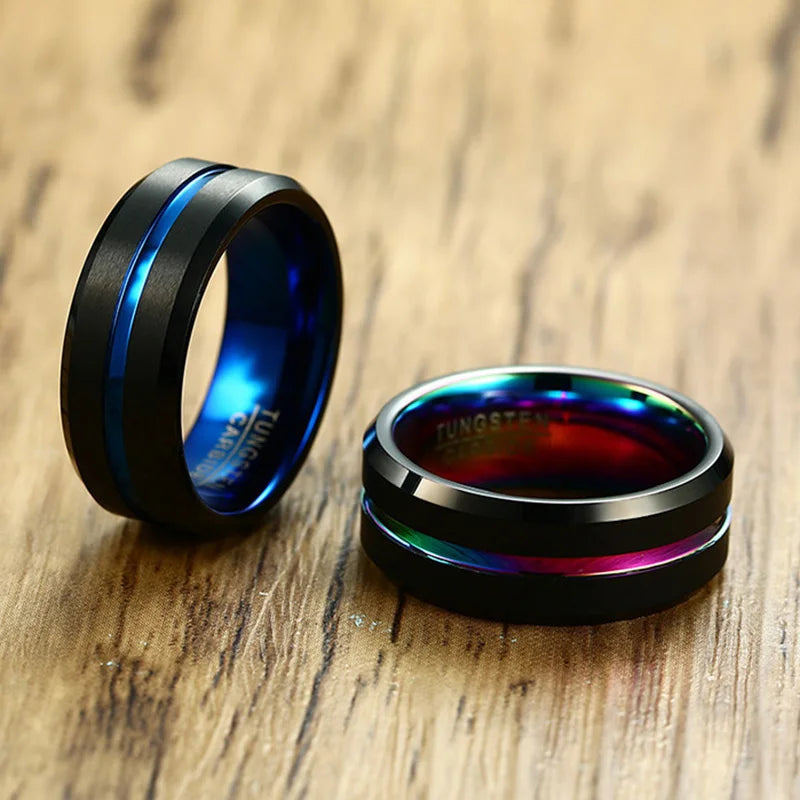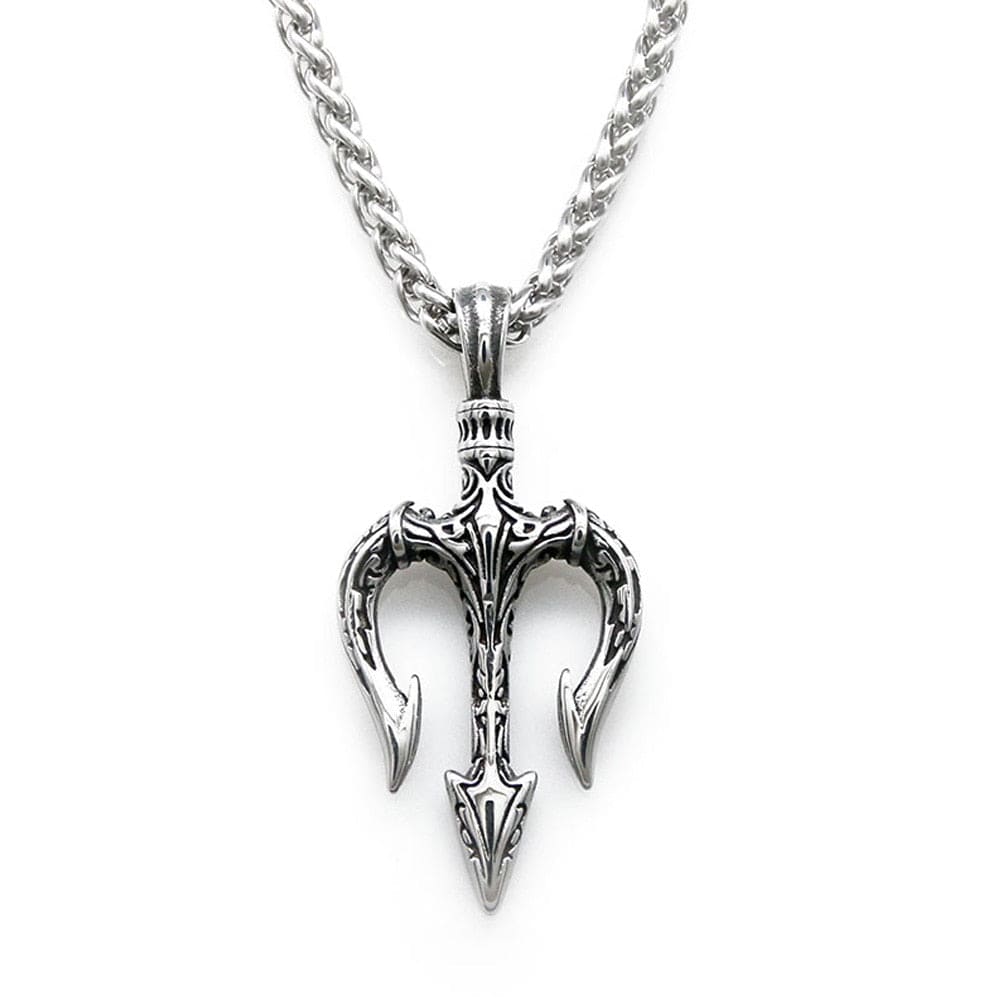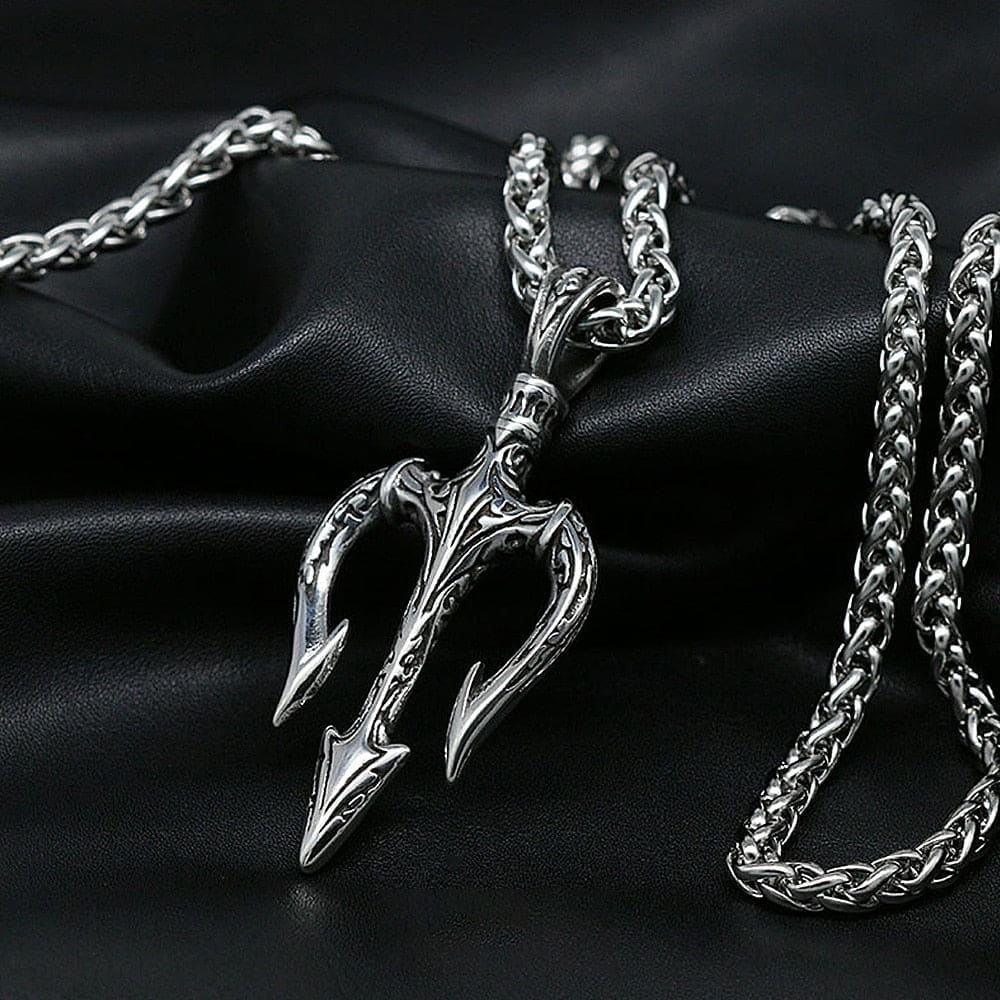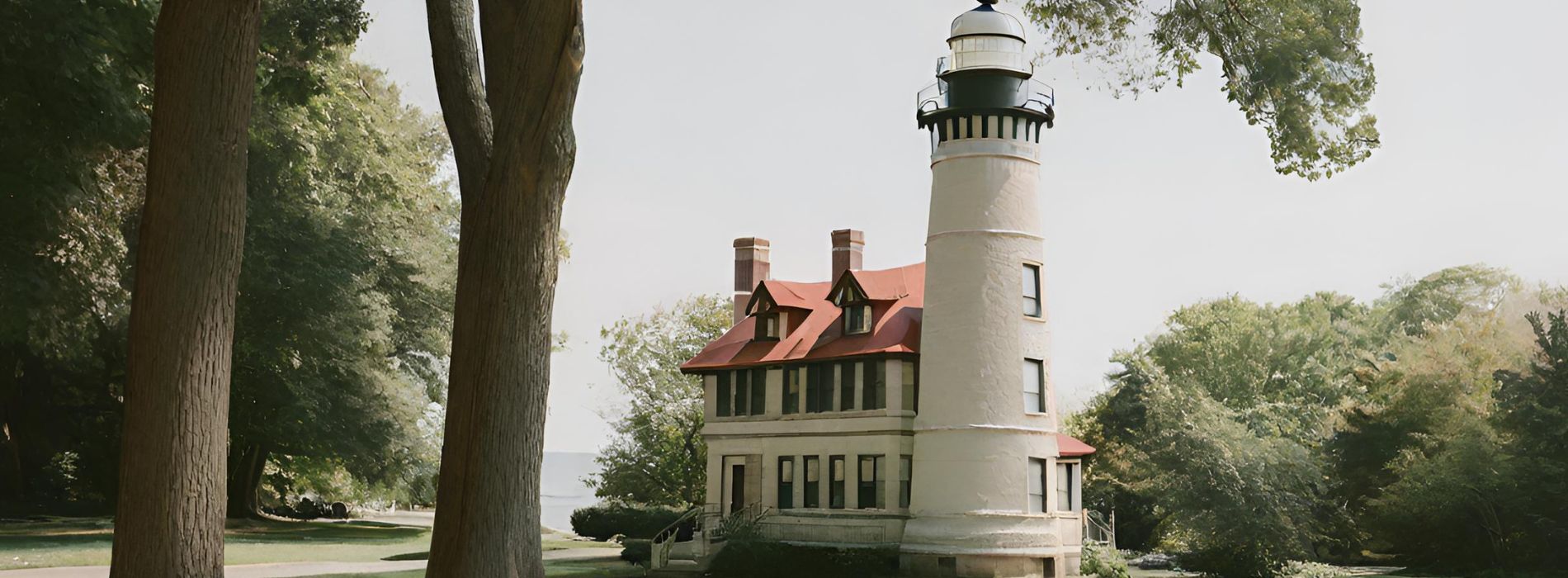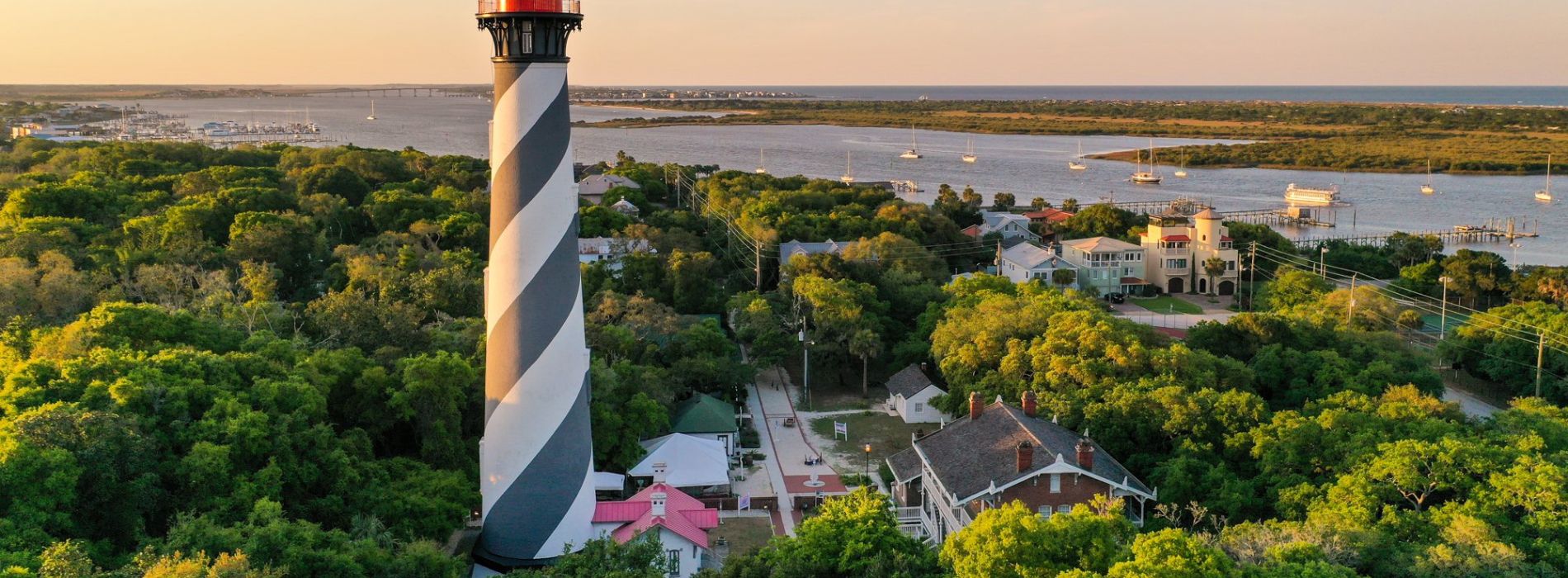Crabs are captivating creatures that have intrigued humans for centuries. From their unique appearance to their intriguing behaviors, crabs have a special place in the animal kingdom. In this article, we will explore the diverse world of crabs, their characteristics, habitats, reproductive strategies, and their importance to human beings. Join us on this exciting journey into the fascinating world of crabs!
Evolution and Classification
Crabs belong to the infraorder Brachyura, which is derived from the Greek words "brachys" meaning short and "oura" meaning tail. This name accurately describes their distinguishing feature - a short, hidden tail, also known as the abdomen. The evolution of crabs is a remarkable story that dates back to the Jurassic period. The earliest known crab, Eocarcinus, appeared during this time, although it lacked some of the defining features of modern crabs.

Today, there are approximately 7,000 species of crabs, making them one of the most diverse groups of decapod crustaceans. Crabs are classified into different superfamilies based on their unique characteristics. Some of the notable superfamilies include Dromioidea, Homoloidea, Raninoida, Cyclodorippoida, and Eubrachyura. Each superfamily has its own distinct features and evolutionary history.
Description and Adaptations
Crabs are easily recognizable with their hard exoskeleton and distinctive shape. They have a unique body structure with a cephalothorax, which is a fused head and thorax, and an abdomen that is tucked underneath. This body structure is known as the carapace. The carapace provides protection for the crab's internal organs and acts as a shield against predators.
One of the most fascinating features of crabs is their claws, known as chelae. These claws come in various shapes and sizes, depending on the species. Male crabs often have larger claws compared to females, which they use for a variety of purposes, including defense, gathering food, and attracting mates. The shape and size of the claws can vary greatly depending on the species and their specific adaptations.

Crabs also have highly mineralized exoskeletons made primarily of chitin, a tough and flexible material. This exoskeleton provides support and protection for the crab's body. As crabs grow, they must periodically shed their old exoskeleton and form a new one through a process called molting. Molting is a vulnerable time for crabs, as they are soft and susceptible to predation until their new exoskeleton hardens.
Habitat and Distribution
Crabs can be found in a wide range of habitats, including oceans, freshwater, and even on land. They are distributed all over the world, with some species adapted to specific environments. Crabs are particularly abundant in tropical regions, where they thrive in diverse marine ecosystems.

In the ocean, crabs can be found in all of the world's oceans, from the Atlantic to the Pacific. They occupy various niches, from shallow coastal waters to deep-sea habitats. Some species are specialized for life in rocky intertidal zones, while others are adapted to sandy or muddy substrates. Crabs play an important role in maintaining the balance of marine ecosystems by controlling populations of other organisms and contributing to nutrient cycling.
Reproduction and Life Cycle
The reproductive strategies of crabs are as diverse as their habitats. Most crabs reproduce sexually, with males and females coming together to mate. Mating can occur in various ways, depending on the species. Some crabs engage in elaborate courtship rituals, while others rely on chemical or visual signals to attract mates.
Female crabs have a unique adaptation called ovigerous behavior, where they carry fertilized eggs on their abdomen. They protect these eggs until they hatch into larvae. The larvae, known as zoea, are released into the water where they go through several stages of development. During this time, they are part of the planktonic community and rely on ocean currents for dispersal.

Once the larvae have developed into megalopae, they undergo metamorphosis and transform into juvenile crabs. The juveniles settle on the ocean floor or in other suitable habitats, where they continue to grow and molt to reach adulthood. The process of reaching adulthood can take several years, depending on the species and environmental conditions.
Behavior and Adaptations
Crabs exhibit a wide range of behaviors and adaptations that allow them to survive in their respective habitats. They have a unique way of walking sideways, known as crabwise, which is made possible by the articulation of their legs. This sidelong gait is more efficient for crabs and helps them navigate their environment.
Crabs also have specialized adaptations for feeding and defense. Their claws, as mentioned earlier, play a crucial role in capturing prey and defending against predators. Some crabs have developed specialized feeding strategies, such as filter-feeding or scavenging. Others are opportunistic omnivores, feeding on a variety of plant and animal matter.

Communication is another important aspect of crab behavior. Crabs use various signals, such as drumming or waving their pincers, to communicate with each other. Males often engage in aggressive behaviors to establish dominance and gain access to females during mating season. Some species of crabs also exhibit cooperative behaviors, working together to provide food and protection for their family.
Importance to Humans
Crabs play a significant role in the lives of humans, both as a food source and in cultural symbolism. Many species of crabs are commercially important and are caught, farmed, and consumed worldwide. They are a popular delicacy in many cuisines, known for their unique flavor and texture.
In addition to their culinary value, crabs are also important in ecological and economic terms. They contribute to the balance of marine ecosystems by controlling populations of other organisms and serving as a food source for larger predators. The fishing industry relies heavily on crab harvests, with certain species being particularly sought after, such as the blue crab and the Dungeness crab.
Crabs also hold cultural significance in many societies. They are often associated with the ocean and are considered symbols of adaptability and resilience. In some cultures, crabs feature prominently in folklore and mythology, representing various qualities such as protection, transformation, and perseverance.

Conservation and Future Challenges
Like many other marine organisms, crabs face numerous challenges due to habitat loss, pollution, and overfishing. Some species are particularly vulnerable to these threats, and their populations have declined significantly in recent years. It is crucial to implement effective conservation measures to protect these fascinating creatures and ensure their survival for future generations.
Scientists and researchers continue to study crabs to better understand their biology, behavior, and ecological roles. These studies provide valuable insights into the complex interactions between crabs and their environment, as well as the potential impacts of human activities on their populations. By increasing our knowledge and awareness, we can work towards a more sustainable future for these remarkable animals.

Our last word...
Crabs are truly remarkable creatures that have captured the imagination of humans for centuries. Their unique adaptations, diverse habitats, and intriguing behaviors make them a fascinating subject of study. From their evolutionary history to their importance in marine ecosystems and human societies, crabs continue to provide us with valuable insights into the wonders of the natural world. Let us continue to appreciate and protect these incredible animals for generations to come.
If you liked this biography, feel free to check our other biography on; animal biography blogs !
We've taken a lot of time to make sure you get the best possible information on this subject! We hope you have enjoyed reading this post and learned a few things about these awesome crabs ! Feel free to subscribe to our private newsletter, you will get acess to exculive content and will receive an instant 10 % off purchase on our store ! You will be contacted via email to receive our exclusive blog post and will be notified whenever we release a new fascinating jewelry piece !
Feel free also to go check out our website, We provide you the best sea content as well as the best nautical jewelry around the globe. Dive into exploration !

